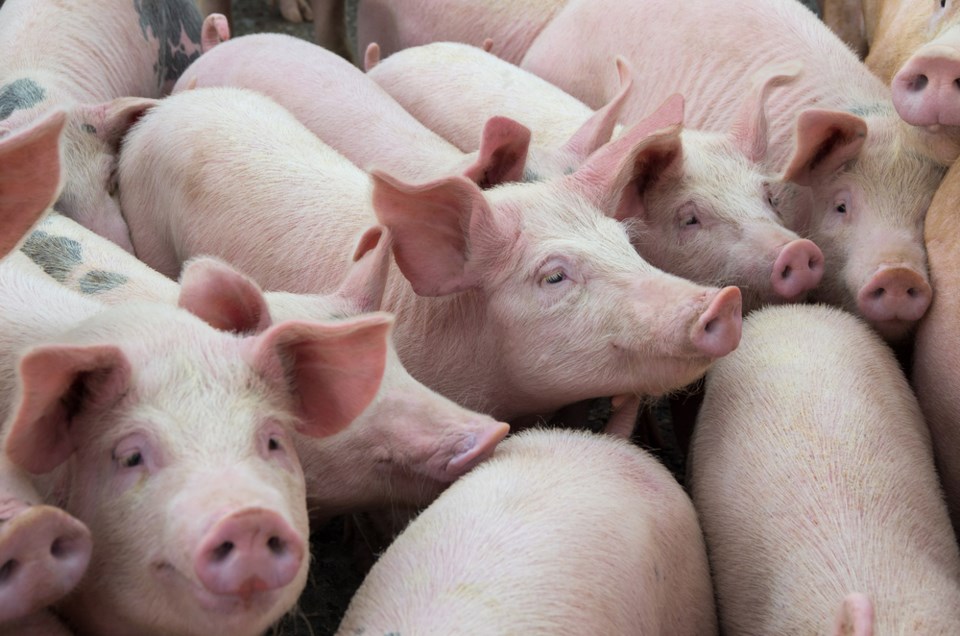The impact of African Swine Fever and China’s rebuilding of the swine fever decimated hog herd will influence pork markets in 2021, says a Farm Credit Canada (FCC) economist.
“Having already re-built much of their hog herd and looking to complete its recovery China will be the primary driver of livestock markets throughout the year ahead,” said Martha Roberts in an FCC market outlook report.
China’s pork production fell 30 per cent to 38 million metric tonnes due to African Swine Fever, according to the United States Department of Agriculture. That production is expected to recover to 43.5 million metric tonnes this year.
China increased pork and beef imports to offset meat production declines from the fever. Pork imports more than doubled to about 4,500 metric tonnes while beef imports rose about one-third to around 3,000 metric tonnes.
Pork production recovery should reduce reliance on imports for China.
Locally, front meat demand should stay strong with spending of the extra money consumers have saved during the pandemic by not being able to pursue usual activities.
Beef demand should increase as restaurants return to normal operations when pandemic restrictions are lifted
Disruption of supply chains in North America by shutting down processing plants with COVID-19 outbreaks left a backlog of animals to slaughter. While Canada appears to have eliminated the backlog, “further shutdowns are possible.”
Roberts predicts Western Canada hog prices will be a little lower than average at $75 per hundredweight, down from the five year average of $77. That will pressure profit margins.
“Profitability throughout the cattle sector will vary.”
Cow-calf producer margins should be strong but feedlot operators and backgrounders may struggle to break even, especially in the first half of the year.
On the cost side, interest rates should stay low but labour costs could increase two to three per cent as the economy recovers from the pandemic, she said.
Feed barley is expected to increase six per cent to $258 a tonne with a 3.7 per cent increase in corn prices. Pressure on feed grain prices could intensify if La Nina weather patterns continue and affect crops in South America and the United States.
Chinese imports for hogs influence feed prices. Corn prices over there are almost twice as high as in the U.S. with imports estimated at100 million tonnes for soybeans and 175 million tonnes for corn, putting China just behind the European Union for import volumes.
Ron Walter can be reached at [email protected]




